Dentistry is a vast field that goes beyond general dental care, encompassing a range of specialties, each dedicated to different aspects of oral health. Within this field are several specialties, each focusing on a different aspect of oral health and dental care.
This article aims to shed light on these specialties in dentistry, offering a clear and concise overview of each area’s focus, the types of treatments they offer, and the role these specialists play in maintaining and improving our oral health. From orthodontics to periodontics and beyond, understanding these specialties can help patients make informed decisions about their dental care and appreciate the wide range of expertise.
There are 9 Main Dental Specialties :
- Endodontics
- Orthodontics and dentofacial orthopedics
- Oral and Maxillofacial Surgery
- Periodontics
- Prosthodontics
- Pedodontics and Preventive Dentistry
- Oral Medicine and Radiology
- Public Health Dentistry
- Oral and Maxillofacial Pathology
1. Endodontics:
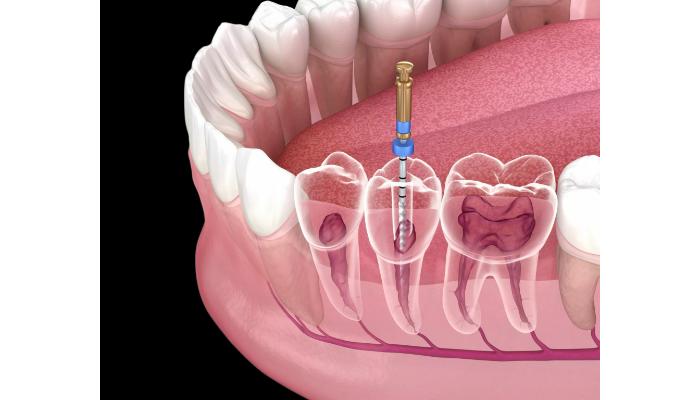
Endodontics is a branch of dentistry focused on studying and treating dental pulp and surrounding tissues. It deals with diagnosing and treating diseases occurring in the dental pulp and periradicular tissues (tissues surrounding the root). The dental pulp is the innermost part of the tooth and the only part with blood and nerve supply.
When the pulp is infected, Root Canal Treatment is done. Root canal treatment, a common endodontic procedure to treat infections or damage to the pulp, is done by removing the infected or inflamed pulp, and the tooth’s interior is cleaned, disinfected, and sealed.
Endodontic treatments include root canal treatment, bleaching, apicoectomy, pulp capping, etc.
2. Orthodontics And Dentofacial Orthopedics:
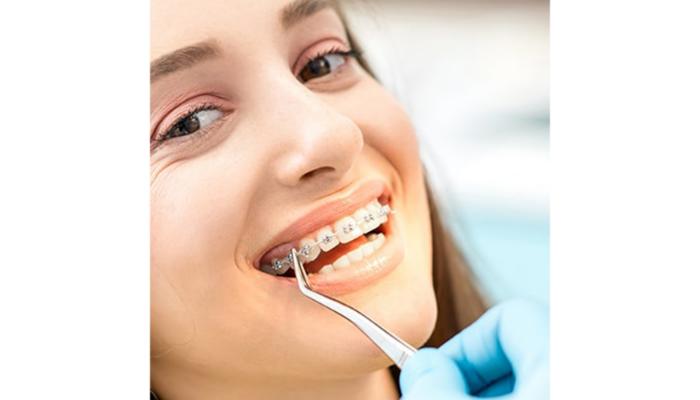
It is a specialized branch of dentistry that focuses on aligning teeth and correcting facial irregularities. Orthodontics primarily deals with the proper alignment of teeth in the oral cavity. It helps in the prevention and treatment of malocclusion.
Dentofacial orthopedics deals with facial structures like the jaw and development. This helps to achieve a proper relationship between jaws, bones, and soft tissues. In the growing age of an individual, the orthodontist modifies the growth and uses it for the proper alignment of teeth and jaws. The orthodontists correct the malocclusion by placing the appropriate braces.
Common orthodontic treatments include Braces, Aligners, Retainers, Functional appliances, etc.
3. Oral And Maxillofacial Surgery:
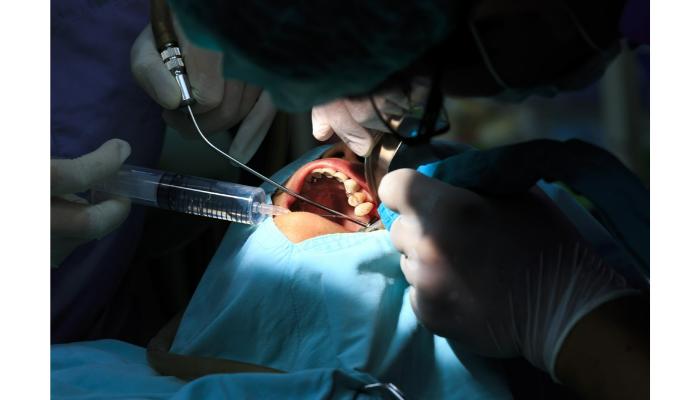
Oral and Maxillofacial Surgery is a branch of dentistry that deals with surgical aspects of the oral cavity and Jaws. It includes the diagnosis and surgical treatment of diseases and injuries affecting the mouth, teeth, jaws, and facial structures. They help in the surgical removal of tumors and cysts in the oral cavity.
They perform simple surgeries like tooth extractions and complex surgeries, including TMJ and orthognathic surgeries. They specialize in the extraction of wisdom teeth(Third molar).
Oral and Maxillofacial Surgeons offer common treatments, including tooth extraction, impacted wisdom tooth extraction, dental implants, facial trauma, corrective jaw Surgeries (Orthognathic surgery), removal of oral tumors, TMJ disorders, etc.
4. Periodontics:
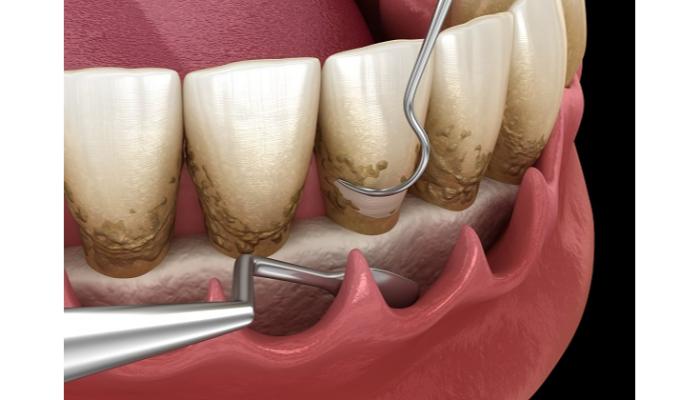
Periodontics is a branch that deals with the tissues that surround and support the tooth. It includes prevention, diagnosis, and treatment of diseases that affect the surrounding structures of the teeth, including bone and gums. The periodontists mainly concentrate on gum health.
The tooth is held in its place by the support of the Periodontium. Periodontium consists of gingiva (gums), cementum, periodontal ligament, and alveolar bone. If the periodontium weakens, the tooth becomes loose and eventually falls off. They also perform surgeries on gums if there is gum recession (decrease in gum length). The first sign of gingival disease is bleeding gums, which may occur for many reasons, including using a hard bristle toothbrush or harsh brushing.
Treatments rendered by periodontists include Dental prophylaxis, Scaling and root planing, Crown lengthening, Gingivectomy, Gum graft, Bone graft, Periodontal plastic surgery, etc.
5. Prosthodontics:
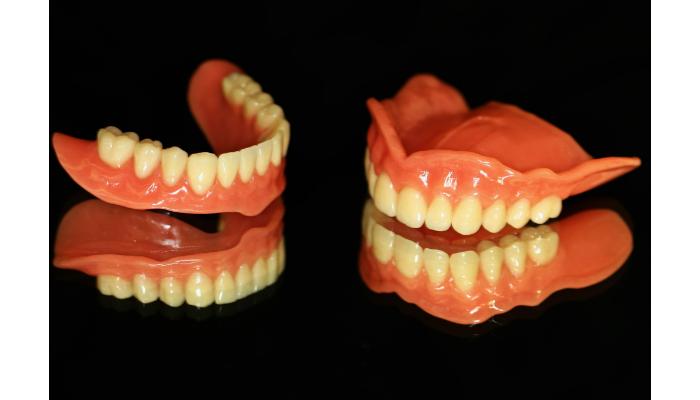
Prosthodontics is one such specialty that deals mainly with replacing missing teeth and maxillofacial tissues with a prosthesis. It helps in improving the comfort and appearance of patients with missing teeth. Prosthodontics are dental specialists trained to diagnose, plan, and execute a wide range of treatments to enhance and restore oral function, aesthetics, and comfort.
They replace the missing or damaged teeth using dentures, crowns, bridges, and dental implants. The dentures are either fixed or removable. The denture is either complete or partial based on the number of teeth missing.
Some treatments offered by Prosthodontists include Dentures ( fixed or removable, complete or partial), Bridges and Crowns, Veneers, Oral splints, etc.
6. Pediatric and Preventive Dentistry:
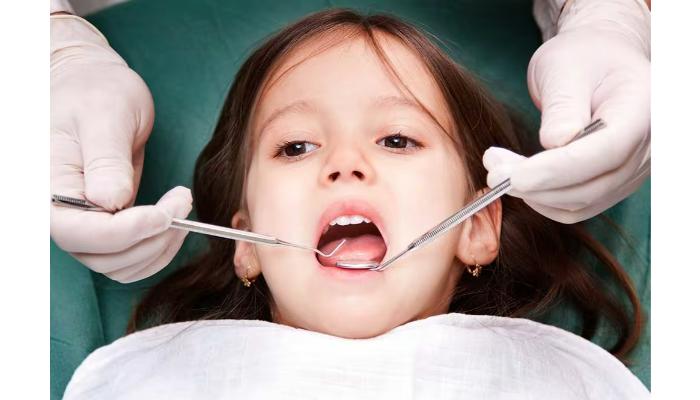
Pediatric and Preventive dentistry is a specialty that deals with children’s oral health. It includes prevention, treatment of diseases, and maintaining good oral health in children. Although baby teeth fall off, they do have an impact on a child’s oral health. Pedodontists know a child’s behavior and are trained in handling a child and their tantrums.
They perform almost all the treatments in children that are carried out in adults when necessary. The most common practice of pedodontists is to save the tooth from decay by educating the parents about using proper toothpaste and maintaining good oral health in their children through dietary management. The clinic of a pedodontist should be set up according to children’s interests, for example, by using cartoons and bright colors, and a play area should be there.
Common treatments include teeth cleaning, fluoride treatments, protective sealants, pulpotomy, pulpectomy, space management, crowns, etc.
7. Oral Medicine and Radiology:
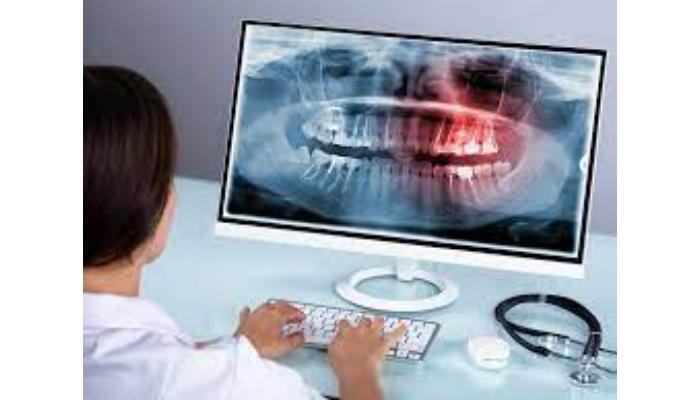
Oral medicine in dentistry deals with diagnosing and managing medical conditions manifesting in the oral cavity. From autoimmune disorders to infectious diseases, these specialists play a major role in recognizing systemic conditions through oral manifestations. Often, they are the first ones to talk to a patient.
Radiology, on the other hand, involves imaging techniques like X-rays, CT scans, and MRIs to visualize the structures inside the body. In Oral medicine and radiology, these imaging techniques are applied to the head and neck region for diagnostic purposes. This is very crucial for identifying diseases such as cysts, tumors, and developmental anomalies.
Common procedures include Biopsies, Oral mucosal lesions, radiographs, orofacial pain, etc.
8. Public Health Dentistry:
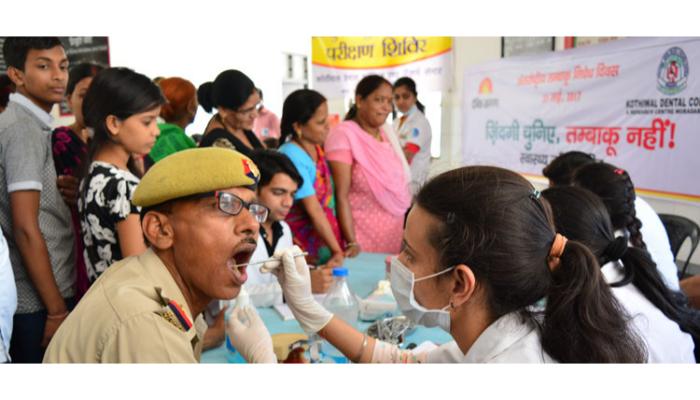
Public health dentistry is a field that focuses on promoting oral health and preventing dental diseases at the population level. Public health dentistry extends beyond individual clinical care, aiming to improve community oral health outcomes. Dental professionals in public health engage in community outreach programs to provide dental care and education to underserved populations.
Educating communities about proper oral hygiene practices, the importance of regular dental check-ups, and the impact of diet on oral health is a fundamental aspect of public health dentistry. This field is vital in promoting a healthier society through better oral health practices by focusing on prevention, education, and policy advocacy.
Treatments offered include dental screening, prophylaxis, dental fillings, sealants, fluoride applications, etc.
9. Oral And Maxillofacial Pathology:
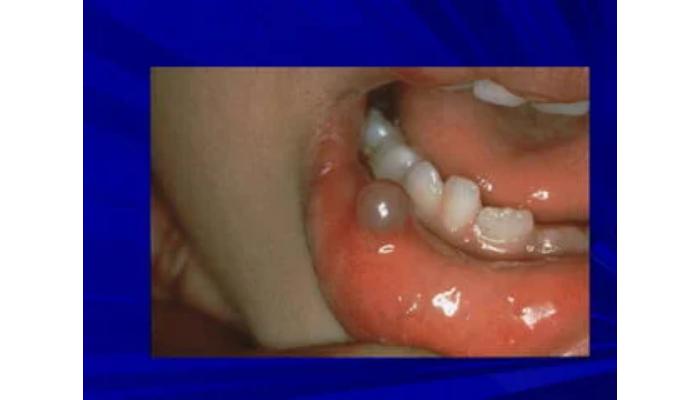
Oral and maxillofacial pathology is a specialized field within dentistry that focuses on studying, diagnosing, and managing diseases affecting the oral and maxillofacial regions. It involves the examination of tissues, lesions, and abnormalities to understand their nature, origins, and implications for overall health.
The specialists in this field analyze tissues obtained through biopsies or surgical specimens to diagnose various conditions, including infections, tumors, and developmental anomalies. It involves the microscopic examination of tissue samples to identify cellular changes, patterns, and abnormalities indicating various diseases.
Conclusion:
With its different specialties, dentistry plays a significant role in maintaining oral health and addressing specific dental concerns. Knowledge of different specialties allows individuals to seek better oral health care. Although there are various branches in dentistry, all of them are closely intertwined with each other, and basic knowledge of all the branches helps provide better treatment for people.
Frequently Asked Questions:
General dentists provide oral health care for people of all ages. They provide various treatments, including routine dental examinations, teeth cleaning, cavities fillings, tooth extractions, and crown placement.
Generally, dentists focus on one specialty after completing dental school. While being certified in multiple specialties is uncommon, some may pursue additional training in interested areas.
Pediatric dentists specialize in the oral health of children, infants, and adolescents, whereas general dentists provide oral health care to patients of all ages.

